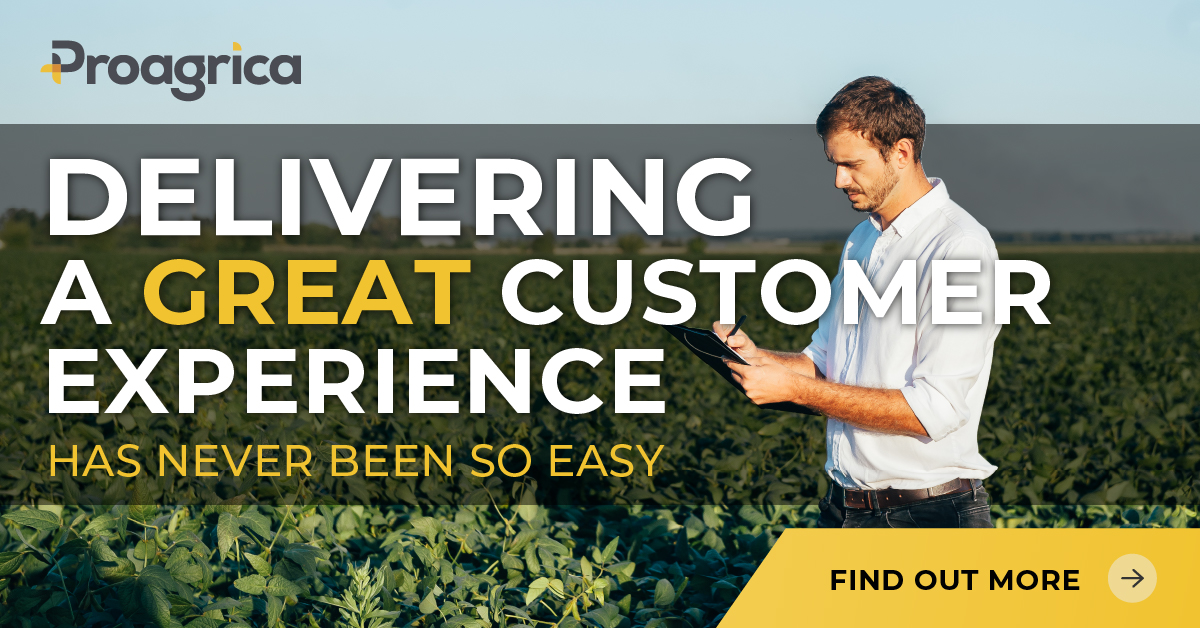Inside Monsanto’s Bid For Syngenta
Monsanto Co.’s unsolicited $45-billion bid for Syngenta Crop Protection has been a bit of a puzzle. Syngenta leaked the deal to the media in late April, saying that the offer undervalued the company and would be too difficult and expensive to earn regulatory approval. Before the deal was leaked, the offer was a 43% premium on the company’s share price. Shortly thereafter, its share price soared almost 40% before ebbing a bit in mid-June.
A seemingly frustrated Monsanto then began its negotiations through the media, articulating why this deal would be good for agriculture, and it lobbied both companies’ shareholders to explain why it would be good for business.
CropLife® magazine sister publication FCI caught up with Scott Partridge, vice president of strategy for Monsanto, to talk more about what this deal would mean for the crop protection industry, seed development and the delivery of technology for farmers. Prior to any divestments, the combined company would have $30 billion in revenue, 42% of the chemical market in North America, 28% of the chemical market in Latin America and 25% of the chemical market in Europe and the Middle East.
The Plan To Divest Seed
Partridge says Monsanto intends to sell Syngenta’s entire seed portfolio to allay antitrust concerns. “We will absolutely not gain market share [globally] on seed as a result of this transaction,” he said, adding that Monsanto would prefer to sell Syngenta’s complete seed business intact to a single buyer. “It is the right thing to do to sell the entire business because keeping those assets together is an opportunity for some substantial purchasers to buy an entire turnkey outfit ready to go.”
Additionally, Monsanto will divest any competing chemistries, most notably Syngenta’s Touchdown glyphosate product. Partridge says several businesses have already contacted Monsanto with interest about the potential divestments that the company would need to make to clear regulatory scrutiny. But the process will take some time.
It is expected that regulators will require Monsanto to have buyers lined up prior to being granted approval for such a deal. Those divestiture processes could slow the regulatory process and perhaps ignite some antitrust concerns if a possible buyer — say DuPont — already has significant seed assets. However, Partridge says there has been significant interest in those assets, and he expects a “robust auction process” among companies that will be able to pass regulatory approval.
Another possible snag could be regulatory systems in fast-growing economies. Aside from the antitrust hurdles in the U.S. and European Union, countries like China, India and Brazil must approve the deal individually by their own standards. These regulatory proceedings are the main reasons why Monsanto amended its original offer with an additional $2 billion for a reverse break-up fee, which Syngenta quickly called “insufficient.”
Partridge says this will take about 18 months from the time the two companies agree in principle to execute any deal. Given Syngenta’s unwillingness to engage Monsanto in confidential negotiations at this point, it appears unlikely that the industry will have any consolidation at the top before 2017.
Committed To The Growers
Despite the complexity, Partridge says Monsanto is committed to the idea of being able to provide farmers an unprecedented set of tools that combine all its platforms, including the biology, chemistry, advanced breeding, germplasm, biotech and precision agriculture businesses. He says owning Syngenta’s chemistry will give the R&D organization the synergy it needs to invent new technologies, much like how its access to glyphosate helped spawn Roundup Ready technology.
“The biggest advantage for us in being able to create new products faster is having in our hands on the chemistry, biology and biotechnology all in one place, taking all of the R&D programs and putting it all together,” Partridge says. “We think what that will do is enable us to bring a larger set of inventions forward, test them, select the best ones and get them out in the hands of farmers and also broadly license them in the industry so farmers can buy new technology not only from us but also from others in the marketplace. We are going to accelerate innovation through this.”
In a late-June online interview, Syngenta Chairman Michel Demare reiterated the company’s position that Monsanto’s offer undervalued Syngenta and underestimated the cost and complexity of closing a deal of this magnitude. Demare said at the time of Monsanto’s offer, share value was affected by weakness of emerging-market currencies and low commodity prices. “This is a cyclical business, and we think that the current price is maybe the lowest point in the current cycle,” he said.
He continued on to say that Monsanto’s concentrated sales in the Americas is too narrowly focused to be a good fit for Syngenta’s strategy, which spans eight crops and is far more developed in emerging markets, which generate 50% of Syngenta’s revenue.
He concluded that a serious proposal to buy Syngenta must be made at full and fair value, recognize for shareholders the inherent combinations benefits and provide a high degree of certainty that the deal can be closed including compensation if the deal fails.
Shortly after the Demare interview was made public, Monsanto’s COO Brett Begemann told Bloomberg that the company is committed to the acquisition of Syngenta, but that it will pursue other acquisitions if the talks continue to stagnate. He mentioned Bayer specifically as a crop protection portfolio that the company would be interested to acquire.
In addition, several market analysts in August reported that another crop protection giant, German-based BASF, was in the process of lining up the necessary financing to make a run at acquiring Syngenta itself.






